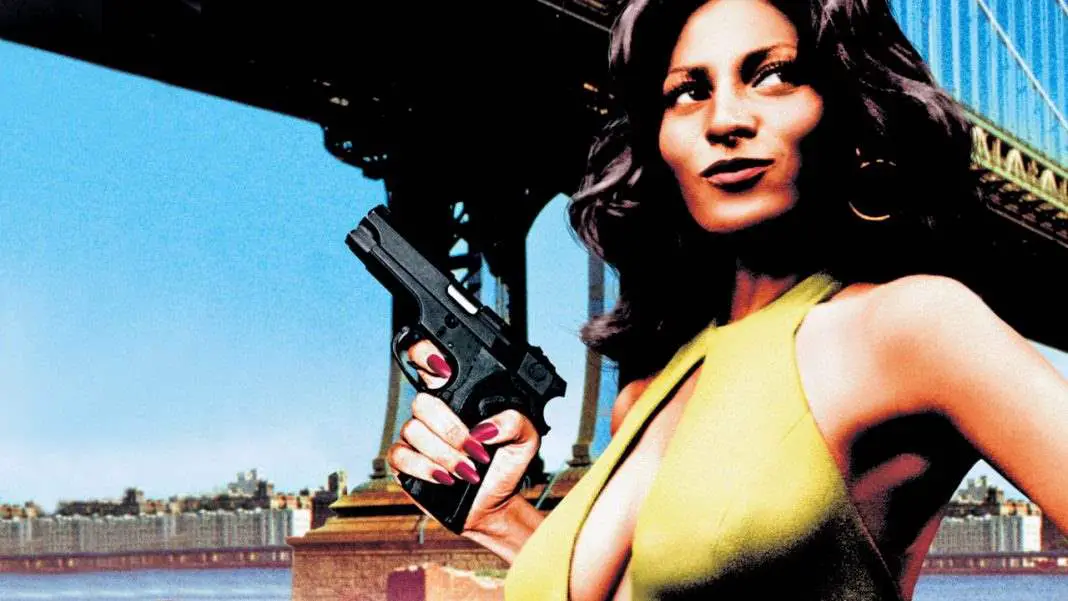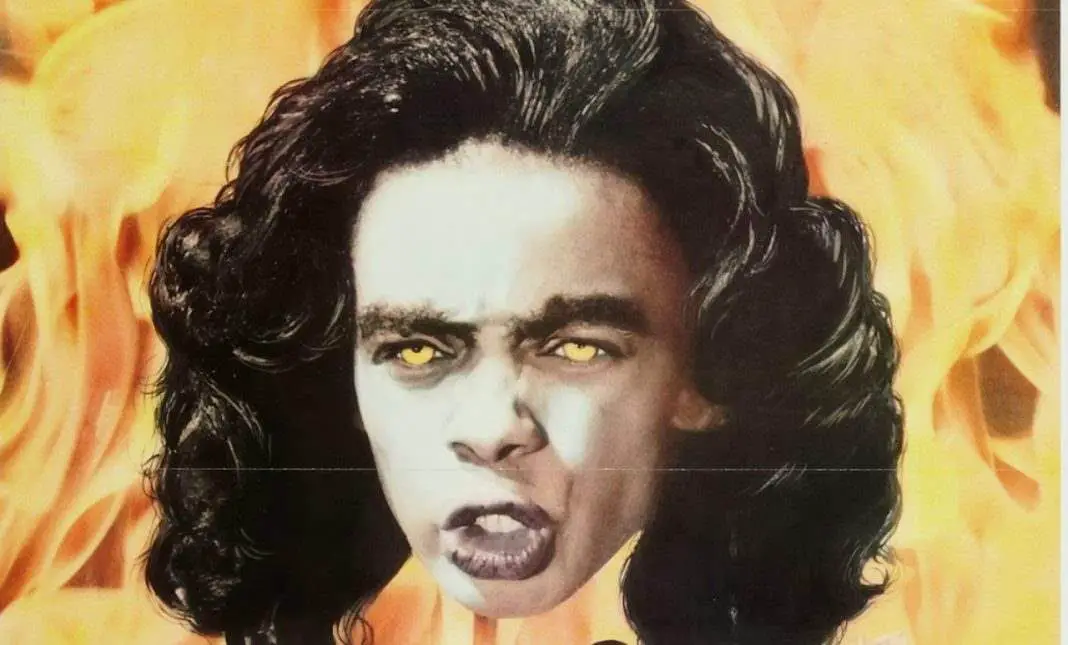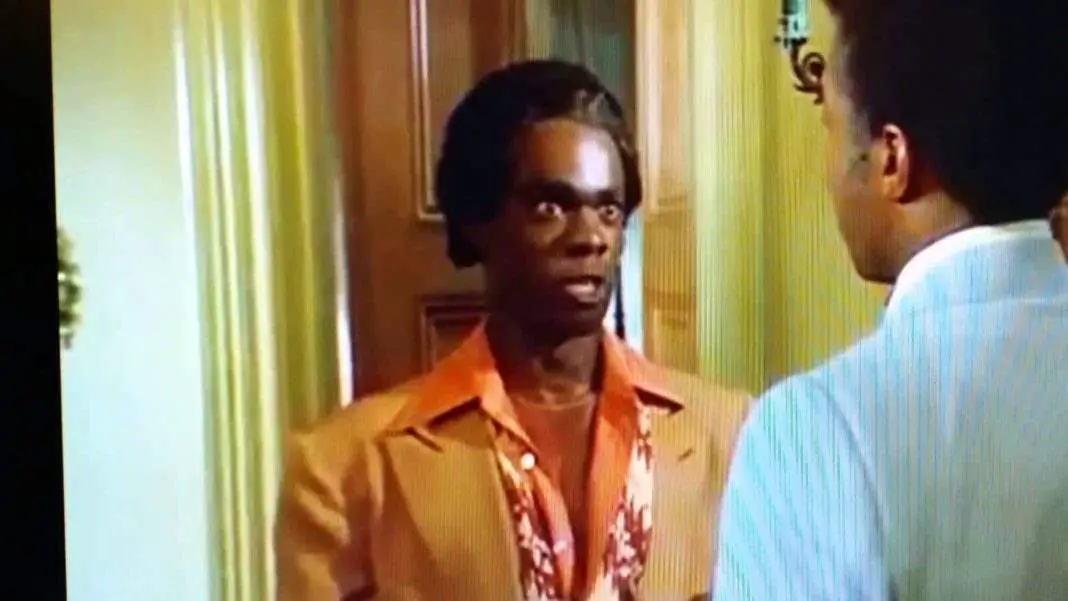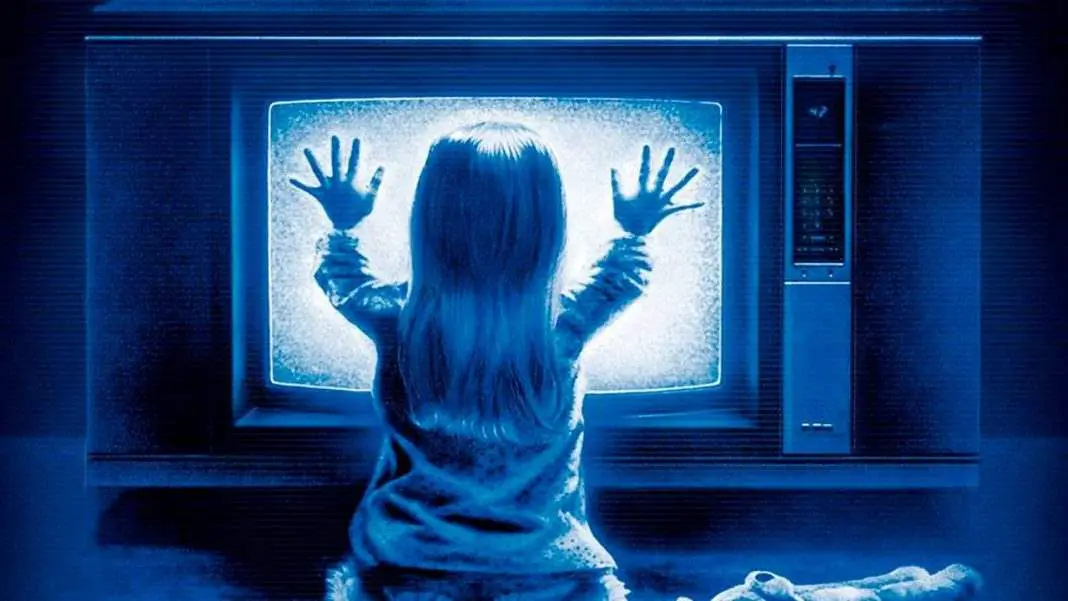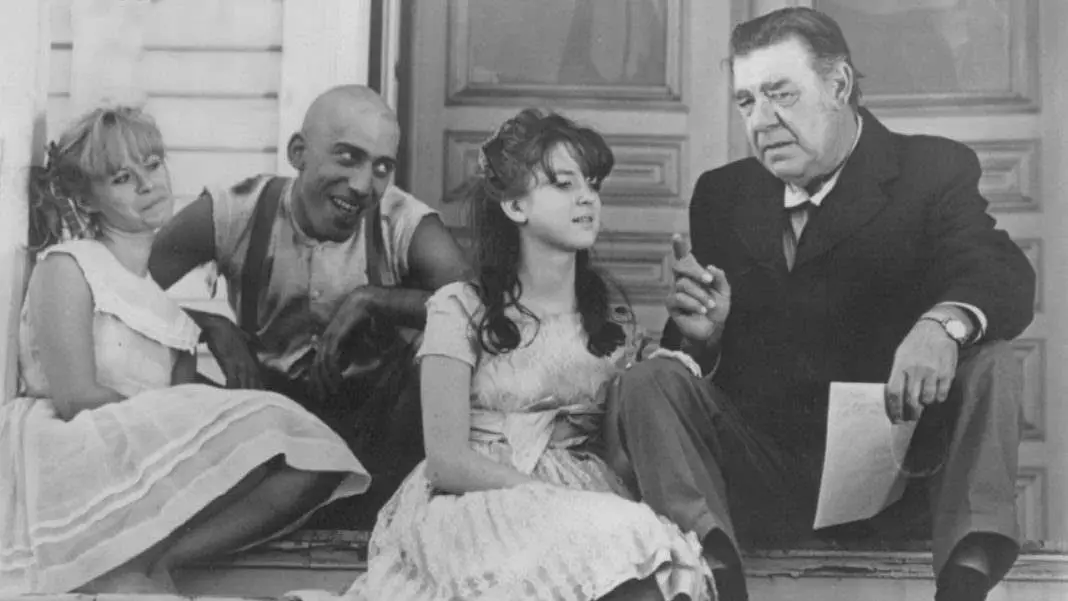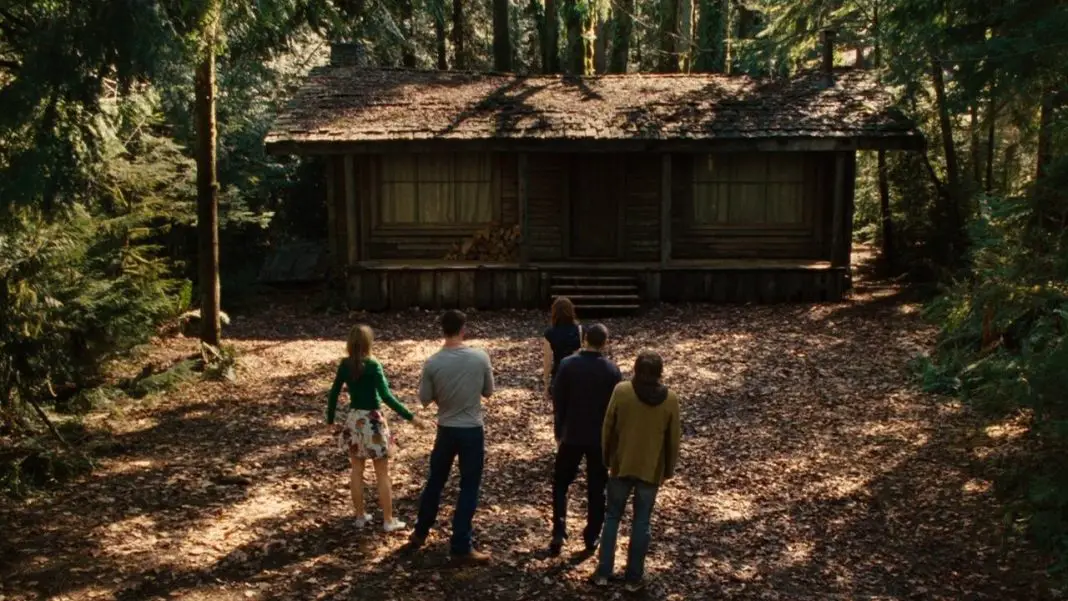When it comes to Blaxploitation cinema, most people either love it or hate it. I have always been a fan, particularly Blaxploitation horror. I love the ingenuity of the storylines and the fierce characters featured within. I watched Foxy Brown for the first time as a teen and I was intrigued by her awesome wardrobe and fighting skills. To me, she represented a strong, independent, empowered black female that I could look up to. That isn’t to say that the film doesn’t contain negative stereotypes, but it’s far from all bad.
With that said, I can understand why some people see Blaxploitation as bad for the black community. Many of the films are diluted with broken dialogue and outrageous lifestyles that involve either being a thug, selling drugs, or people struggling to keep a job because the man is keeping them down. With these features, the representation of black people was often stereotypical in a negative way. As such, Blaxploitation was the source of much controversy and a lot of it came from within the black community.
The birth of the sub-genre dates back to the early ’70s. Many people think that Shaft was the first entry in the Blaxploitation genre. However, that title actually belongs to Sweet Sweetback’s Baadasssss Song. Regardless, Shaft is a great example of why Blaxploitation was important. It was written, produced, and directed by black people. And in spite of being exploitative, it was progress.

If it weren’t for Blaxploitation, black cinema wouldn’t be where it is today. These films opened the door for features with primarily or all black casts, like Do the Right Thing, Belly, State Property, and Diary of a Mad Black Woman. It proved the viability of feature films made by black people, for black people.
Although, the sub-genre wasn’t perfect and didn’t always do the black community justice, it paved the way for modern black cinema and is enjoyable to revisit as a time capsule of its era.

